
Quick facts
Log piles and areas of long grass in your garden will help attract wildlife
Gardens provide food and a home for thousands of creatures throughout their lifecycles
Both native and non-native plants help support wildlife
Garden biodiversity benefits
Your garden is a place of many interlinked relationships. Some creatures help keep down damaging pests by eating them or even laying eggs inside them. Pollinating insects help boost your harvest. Others organisms perform the vital task of breaking down decaying material.
Beneficial insects and bugs
Ladybirds
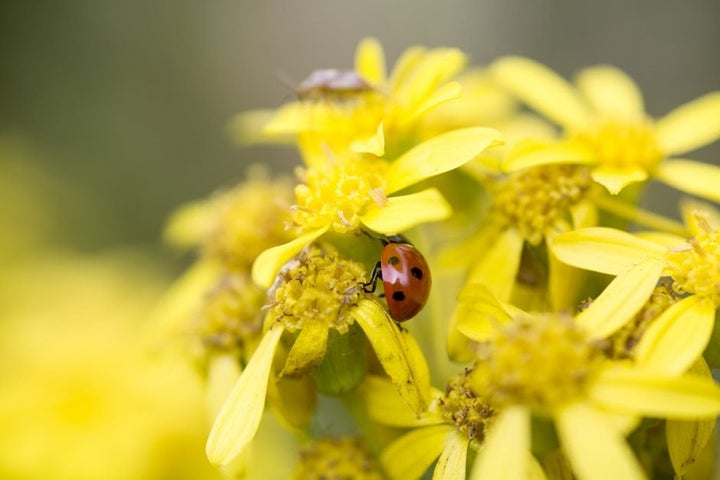
What: Ladybird larva. Grey/black some with orange or white markings. Some spiny. Around 10mm in length
Benefit: Predator of aphids and some other insects like scale insects
Likes: Adults need sheltered sites for overwintering
For more information, see our page on ladybirds .
Violet ground beetle

What: Violet ground beetle. Ground beetles range in size, up to 25mm. Often black, sometimes metallic
Benefit: Predators of ground and soil dwelling insects including vine weevil larvae
Likes: Log piles, leaf litter and heaps
For more information, see our page on ground beetles and rove beetles .
Marmalade hoverfly
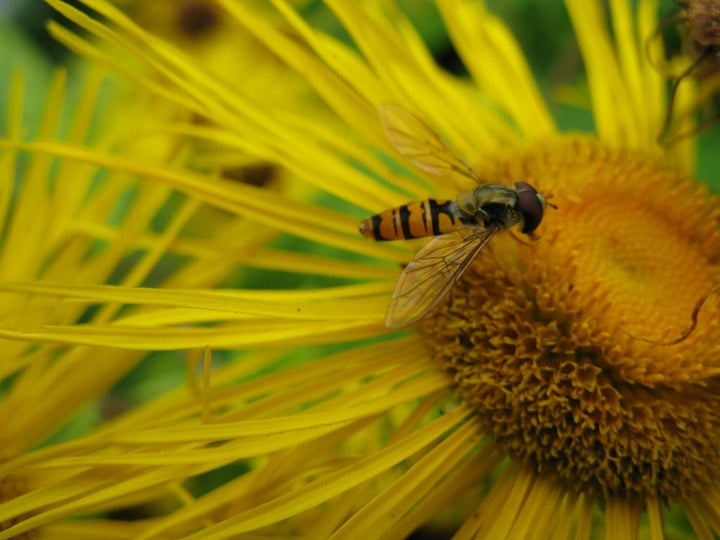
What: Marmalade Hoverfly. Around 50mm, striped. Hoverflies dart in flight, hovering on the spot. Larvae are semi transparent maggots
Benefit: Adults act as pollinators. Many hoverfly larvae eat aphids
Likes: Flowers with open centres, pollen and nectar
For more information, see our page on aphid predators .
Parasitoid wasp
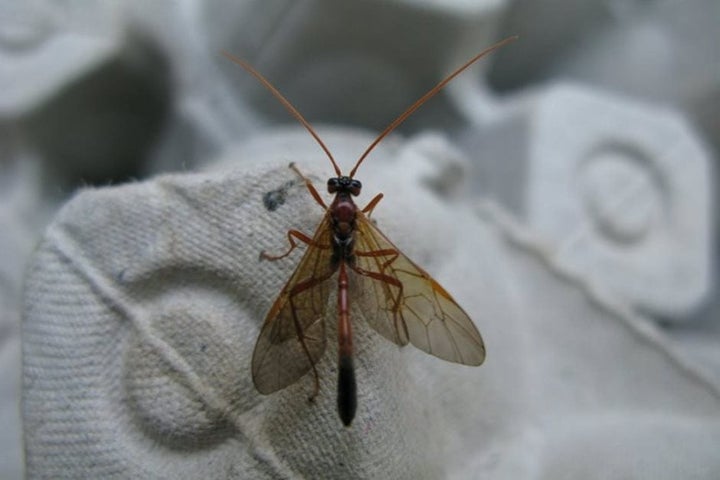
What: Parasitoid wasp. Lay eggs inside other insects, several species inside aphids
Benefit: Larvae eat their hosts from the inside leaving them as papery husks
Likes: Adults eat flower nectar and pollen as well as aphids’ fluids
For more information, see our page on aphid predators .
Common wasp
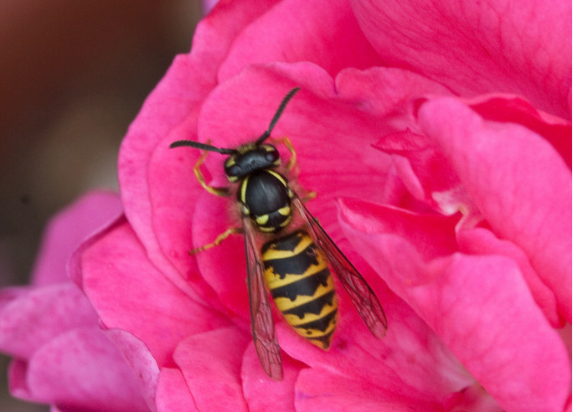
What: Common wasp. Black and yellow, striped, winged insects
Benefit: Hunts caterpillars and other insects in summer to feed grubs
Likes: Colonies live in papery nests in the ground or hanging from trees. These die out each year
For more information, see our page on wasps .
Springtail
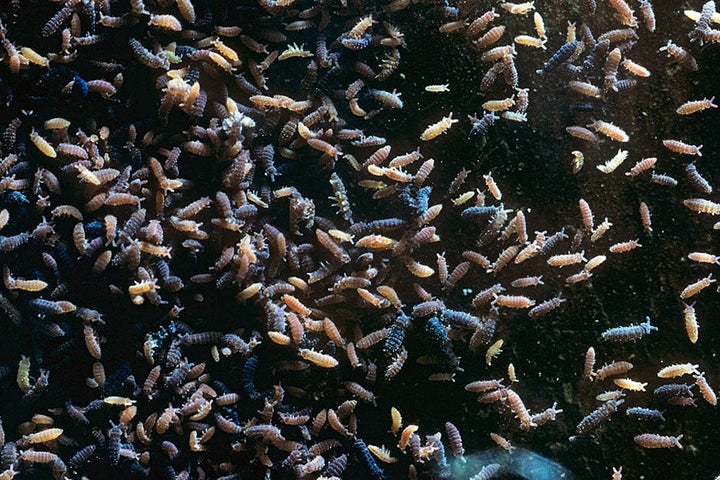
What: Springtail. Less than 6mm long. Various colours. Many are able to jump
Benefit: Helps in the process of breaking down organic matter
Likes: Often found in damp places such as leaf litter, compost heaps and decaying material
Green lacewing adults
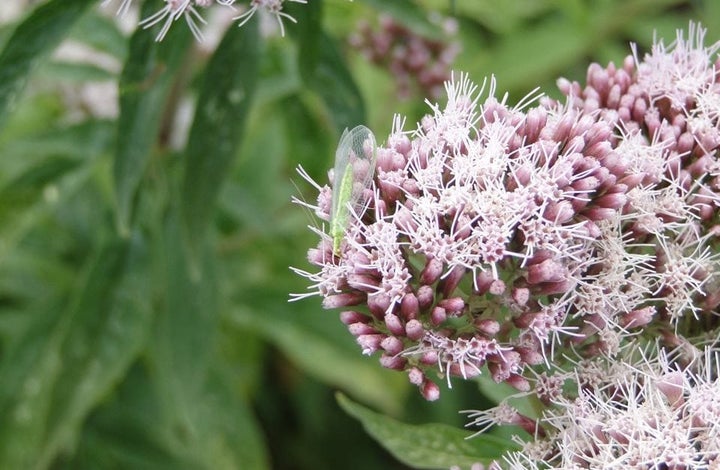
What: Green lacewing adults. Pale green bodies. Transparent, veined wings. Larvae to 8mm tapered, bristled body
Benefit: Larvae eat other insects especially aphids
Likes: Crevices, leaf litter and evergreen shrubs for hibernating. Aphids for laying eggs nearby
For more information, see our page on aphid predators .
Bumblebee

What: Bumblebee. A hairy, striped and rotund social bee with four wings
Benefit: Pollinates flowers
Likes: Some like nesting holes in the ground or tree bases. Nectar-and pollen-rich flowers from March to October
For more information, see our page on bees .
Centipedes
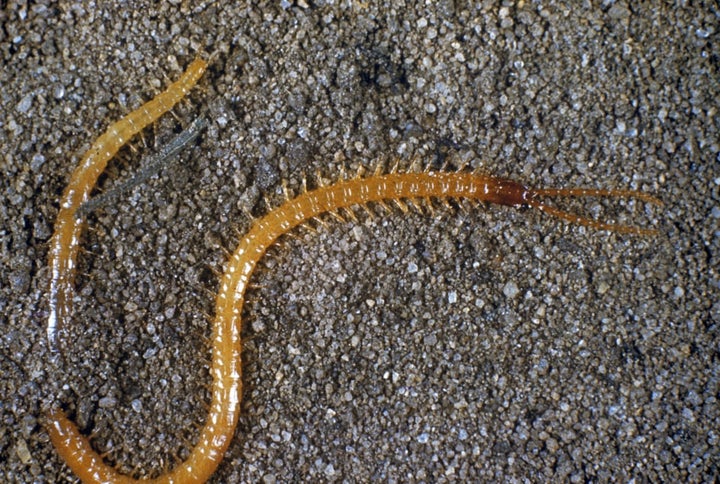
What: Centipedes. Slender 2-6cm yellow or brown, long bodies. One pair of legs per segment
Benefit: Hunts soil prey on or below soil surface
Likes: Soil prey. Dark damp areas such as log piles and leaf litter with lots of prey
For more information, see our page on centipedes .












